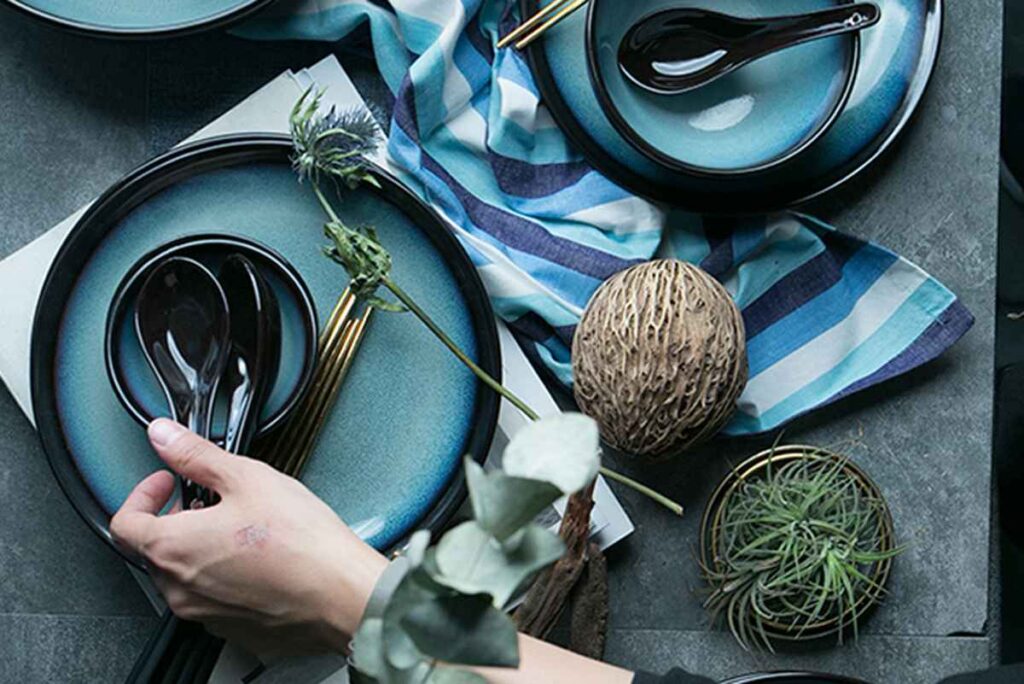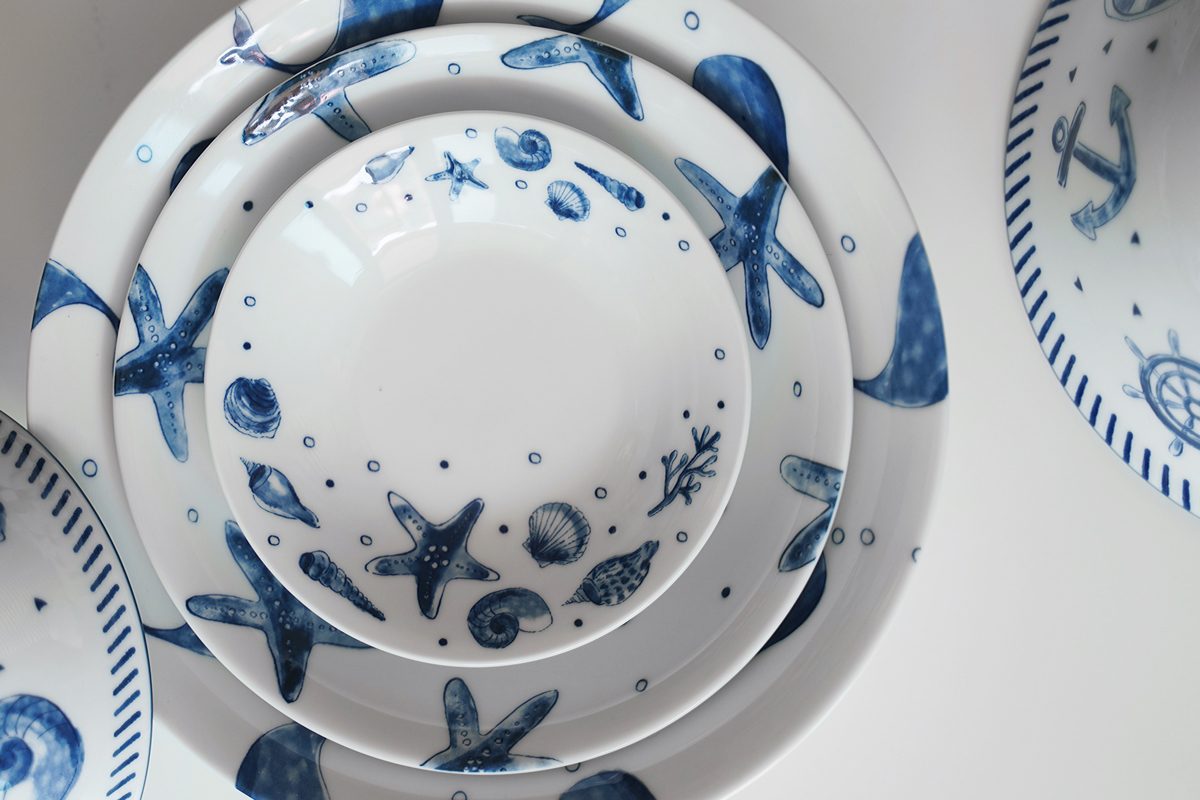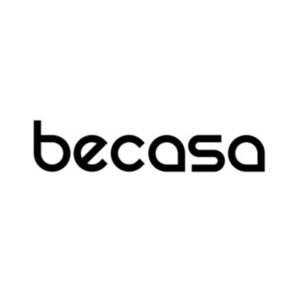In the long history of human culture, to say what culture is almost with the growth of Chinese civilization, “ceramic culture” is no exaggeration. For nearly two thousand years, the influence of human civilization on the development of the Silk Road, porcelain is a very important cargo in the process of its development. In ancient times, ceramics were to the king and the general, down to the peddler, home more or less will have the existence of ceramics.
What’s ceramic?
What we often refer to as ceramics are actually three types of wares – pottery, stoneware, and porcelain.
Pottery, which is made of clay or a similar fabricated form after firing, has a very long history, dating as far back as the Neolithic period. Stoneware and porcelain, are based on earthenware and are formed by calcining at high temperatures, usually above 1200°C, to make the object more compact, and then applying a color glaze on the outside.
Porcelain has developed along with Chinese civilization for thousands of years and has developed a variety of shapes, colors, and glazes. In describing a piece of porcelain, we can use decoration, color glaze, and shape to describe it. Among them, the glaze color better highlights the exquisiteness of porcelain. Color glaze porcelain glaze must be more than 1250 degrees Celsius high-temperature calcination, in order to reveal its unique charm.
What’s the color glaze?
There are three ways to divide the color glaze.
First, according to the firing temperature classification, divided into the high-temperature color glaze (about 1300 ℃), medium-temperature color glaze (about 1200 ℃), and low-temperature color glaze (about 1000 ℃). If 1250 ℃ is the boundary, divided into high and low two.
Second, according to the nature of the flame after firing is divided into oxidation flame color glaze, and reduction flame color glazes two.
Third, according to the firing after the appearance characteristics of classification, can be divided into monochrome glaze, color glaze (flower glaze), crackle glaze, matte glaze, crystalline glaze, reactive glaze, etc.
However, in general, the higher the temperature, the fewer color glazes are available. This is why most color-glazed tableware or home decor on the market are stoneware materials.
The leading manufacturer of high-temperature color glazes porcelain
High-temperature color glazes are one of Becasa Porcelain‘s specialties. Its color is rich and crystal clear, and the flow of the glaze is as smooth as silk and very rich.
Although the traditional high-temperature color glaze is colorful, there are not many who can fire the high-temperature color glaze perfectly with the fluidity and luster of the glaze. Among the many manufacturers of porcelain in China, “Becasa Porcelain” is considered the most representative company producing color glaze porcelain.
Various color glaze tea sets
Becasa Porcelain offers a variety of tea sets in different shapes and sizes for various color glazes. There are various sets available such as “Bamboo“, “Met” and “Stone”, which use the principle of color health.
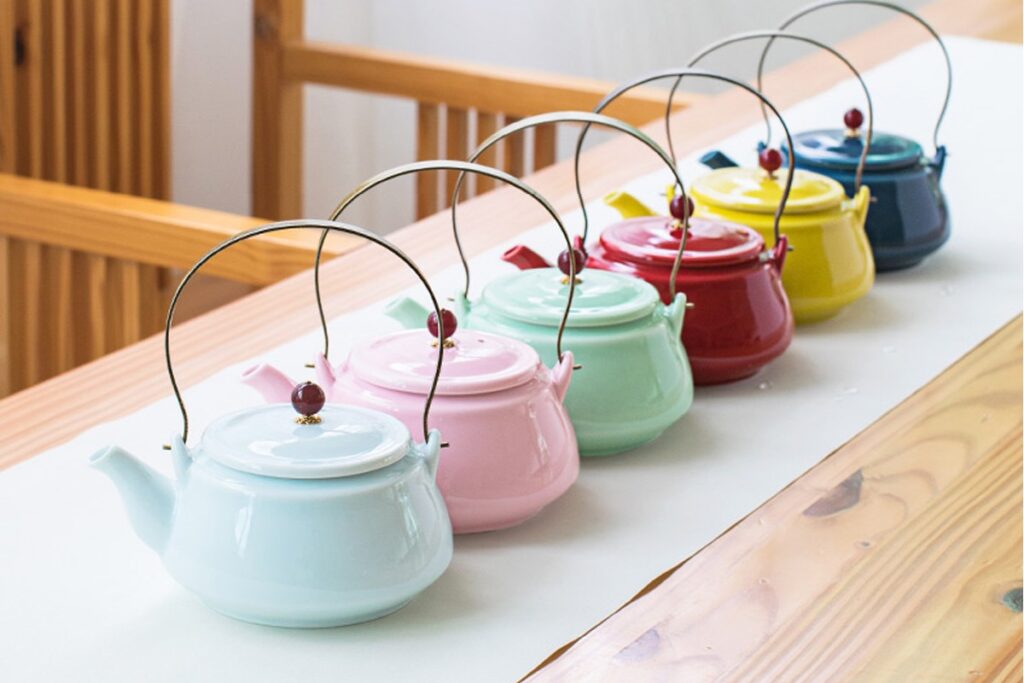
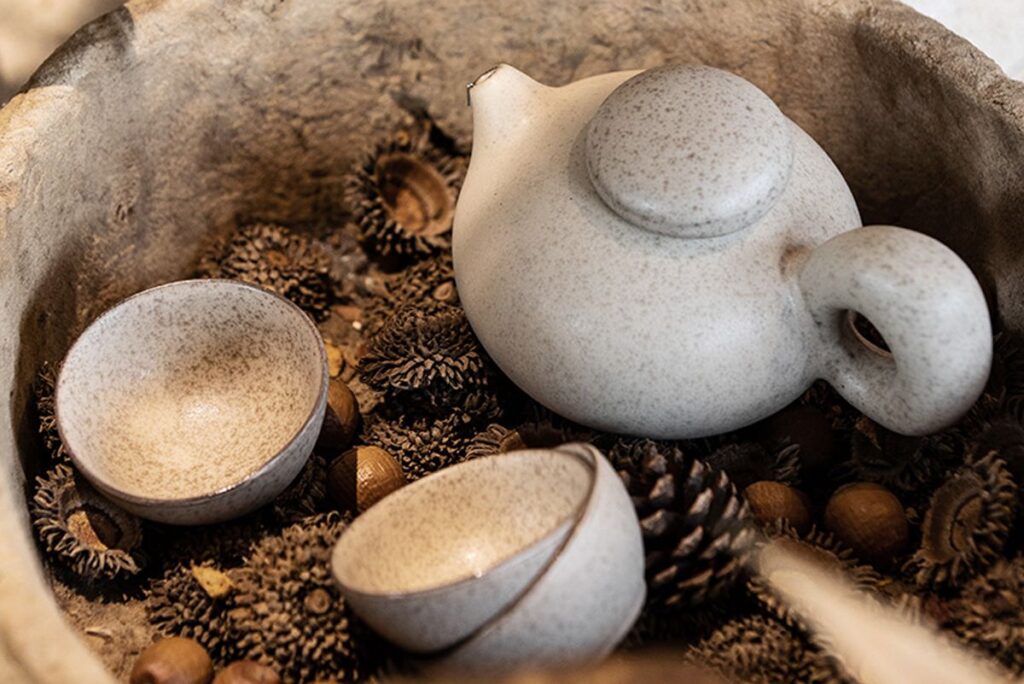
People are sensitive to changes in color, and different colors also affect one’s mood and appetite. Scientific color health care can achieve anxiety reduction and improve health, and other health effects. The following tea sets use the principle of color health care. The whole set of tea sets, whether from the details of the control of raw materials, or scientific color design are very suitable for people’s living standards.
Refinement begins with each dinnerware
In addition to the single glaze products, Becasa Porcelain has also made innovations in color glaze and color matching, interpreting the beauty of color glaze from multi-dimension and multi-level. Becasa Porcelain is not only confined to teaware products but also starts from tableware which is closely related to the human diet. We have designed a variety of safe and non-toxic “Pearl” color glaze tableware and “Sim” reactive glaze tableware, etc.
